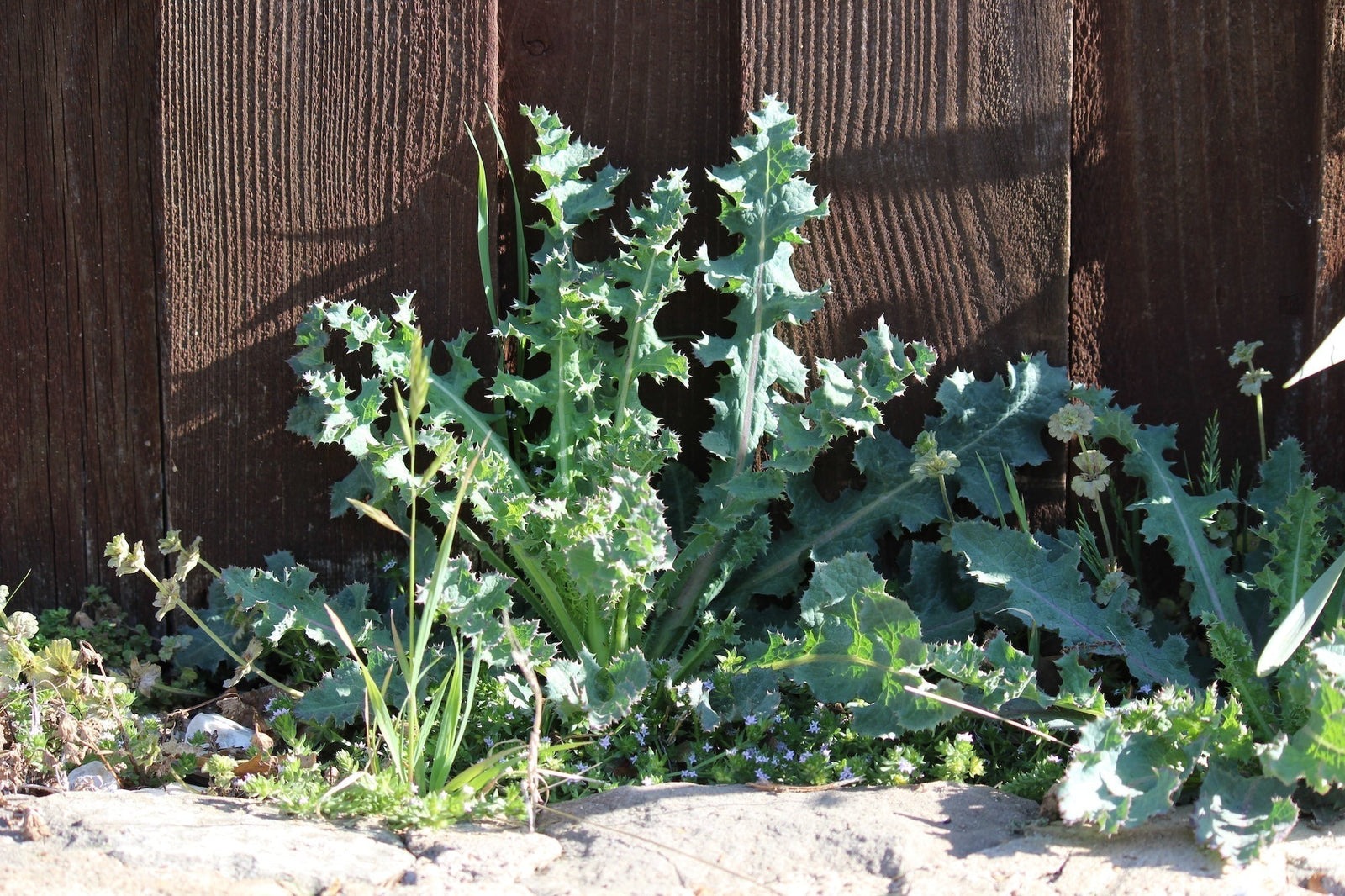
Fungus diseases:
If your lawn is developing areas that yellow and then turn brown, and you cannot find any insect pests, then you may consider the possibility of a fungus disease, particularly if you have been watering a lot, or watering at night. Closely examine the grass blades to see if they appear to be rotting off where they’re attached to the stem. If so, then a fungus disease is a good possibility. Of course, if you see mushrooms, you definitely have fungus!
Preventive maintenance
A healthy lawn can fight off enemies such as fungi, weeds, and insect pests. Keeping your turf grass cut at the correct height and applying water at proper times will go a long way in fighting off lawn pests. Most turf diseases thrive under certain conditions that include moisture and temperature, and nitrogen supply. That is why you will notice that diseases appear during certain seasons. Aside from extreme weather conditions, improper watering, too much or too little fertilizer, improper mowing height, soil compaction, uneven grading, accumulated thatch, overuse of lawn pesticides, or any combination of these may make your lawn more susceptible.

Some tips:
- Remove excess thatch and do not leave clippings in the area affected.
- Avoid light, frequent watering. Water only in the early morning, water deeply, and water as infrequently as possible.
- Mow frequently at recommended heights.
- Aerate compacted soils.
- Fertilize only with the proper fertilizer for your turf type, and follow timing and amount directions exactly – both too much and too little nitrogen can encourage fungus (of different types).
- If the fungus is appearing in a ‘low spot’ where water tends to sit, build up the area or consider a water-loving turf alternative.
- Plant disease-resistant grasses.
- Top-dress with a thin layer of organic mulch, such as Gardner & Bloome® Soil Building Conditioner. In addition to building healthy soil, there are also many beneficial microbes and naturally occurring substances in organic mulching materials that suppress disease organisms.
Curative
The problem with using fungicides for lawn diseases is that by the time the disease is recognized and the cause identified, the infection has often run its course. The damage is done and no amount of fungicide can restore the damaged grass. However, spraying the grass in the area with a fungicide can kill existing fungus and help prevent further spreading. In the long run, though, the lawn care measures you adopt (top-dressing, watering and fertilizing properly, mowing at the correct height, aerating, and reducing thatch) more effectively address present and future disease problems in most lawn disease situations.



